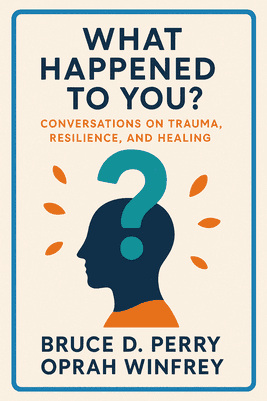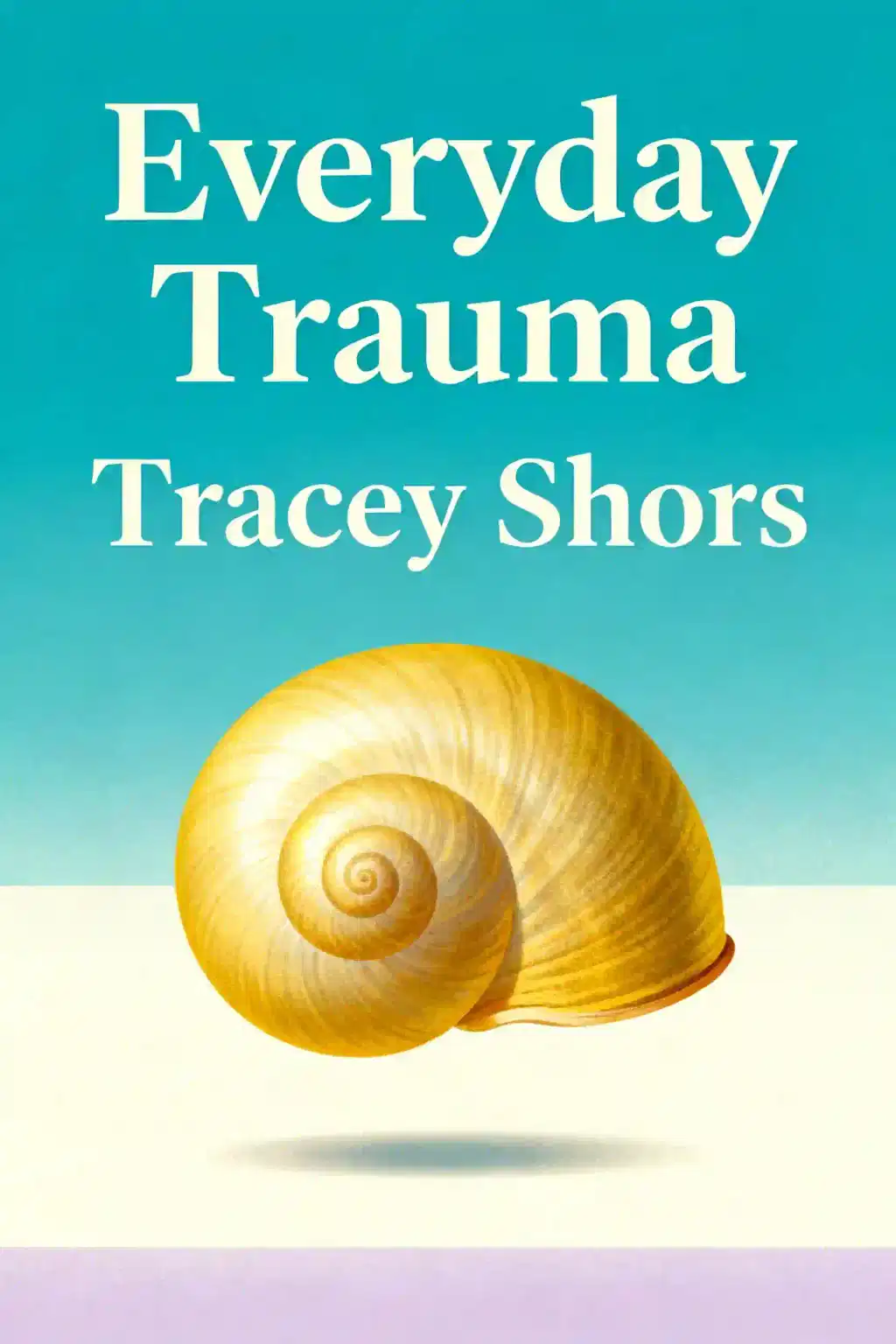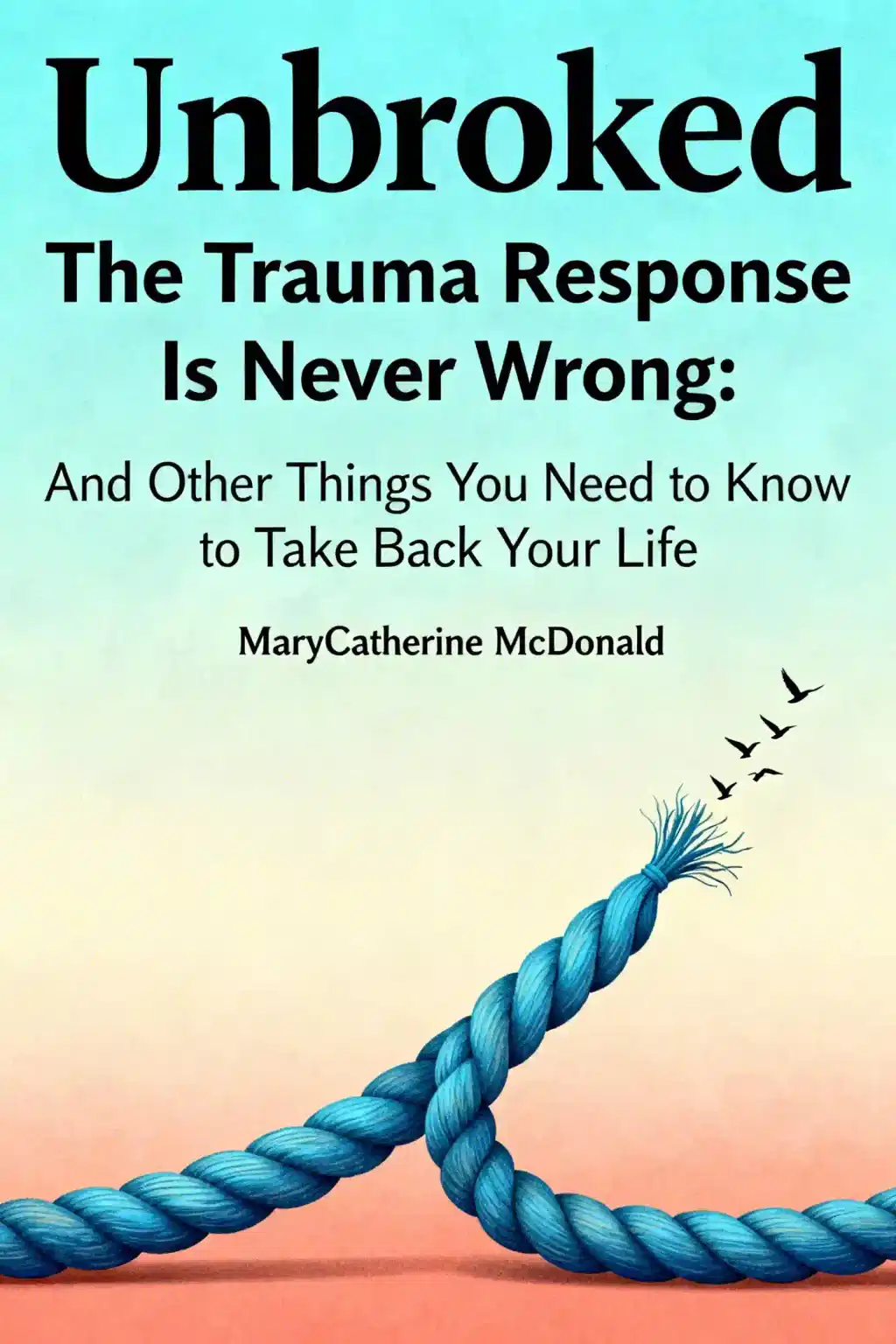What is Trauma and Recovery by Judith Lewis Herman about?
Trauma and Recovery by Judith Lewis Herman is a comprehensive exploration of psychological trauma and the healing process, particularly focusing on victims of sexual violence, domestic abuse, and political terror. Based on two decades of research, Herman examines how traumatic experiences disrupt normal psychological functioning and proposes a three-stage recovery framework: establishing safety, remembrance and mourning, and reconnection with ordinary life. The book introduces the groundbreaking concept of Complex PTSD.
Who is Judith Lewis Herman and why did she write Trauma and Recovery?
Judith Lewis Herman, MD, is a psychiatrist who pioneered trauma research through decades of clinical work with survivors of sexual and domestic violence. She wrote Trauma and Recovery to document healing patterns that emerged from listening to thousands of trauma survivors, including molested children and refugees. Herman was the first to propose Complex PTSD as a distinct diagnosis, arguing that existing psychiatric categories failed to capture the complexities of prolonged, repeated trauma.
Who should read Trauma and Recovery by Judith Herman?
Trauma and Recovery is essential reading for mental health professionals, trauma survivors, and advocates working with vulnerable populations. The book is particularly valuable for therapists seeking to understand trauma's psychological mechanisms and recovery processes. While accessible to general readers, reviewers note it's emotionally taxing and may be triggering for some—several readers report needing days to recover from reading just a few pages. It's best approached with support systems in place.
Is Trauma and Recovery by Judith Lewis Herman worth reading?
Trauma and Recovery is widely considered an essential, groundbreaking text on trauma psychology, praised for its compassionate depth and clinical insights. Readers consistently describe it as "excellent" and "extremely accessible" despite being emotionally painful, with one reviewer taking 18 months to complete it due to its intensity. The book offers defiant hope while honestly confronting trauma's devastating aftermath, making it invaluable for understanding both personal and societal dimensions of violence and healing.
What is Complex PTSD (C-PTSD) in Trauma and Recovery?
Complex PTSD, as defined by Judith Herman in Trauma and Recovery, is a syndrome resulting from prolonged, repeated trauma—particularly childhood abuse—with symptoms distinct from standard PTSD. C-PTSD includes persistent dysphoria, alterations in consciousness, difficulties in self-perception, and profound relationship challenges. Herman argues that existing diagnostic categories inadequately capture the complexities of chronic trauma, advocating for C-PTSD recognition as a separate diagnosis. This concept has become foundational in modern trauma psychology.
What are the three stages of recovery in Trauma and Recovery?
The three stages of recovery outlined by Judith Herman are:
- establishing safety (creating secure physical and emotional environments)
- remembrance and mourning (reconstructing the trauma narrative and processing grief over lost safety, trust, and innocence)
- reconnection (rebuilding relationships and reclaiming identity and agency)
Herman emphasizes these stages aren't fixed or linear but overlap and spiral, with emphasis shifting among tasks. Recovery aims to restore empowerment and connection that trauma destroys.
What does the "dialectic of trauma" mean in Trauma and Recovery?
The dialectic of trauma, a key concept introduced by Judith Herman, describes the fundamental conflict between society's impulse to deny traumatic events and survivors' need to acknowledge and process them. This tension exists both within individuals and across communities—people instinctively want to banish atrocities from consciousness, yet healing requires confronting painful truths. Herman argues that "remembering and telling the truth about terrible events are prerequisites both for the restoration of the social order and for the healing of individual victims."
How does Trauma and Recovery address gender and trauma?
Trauma and Recovery employs a feminist framework to analyze how societal norms and power dynamics contribute to trauma prevalence, particularly for women. Herman links personal traumas experienced by women in domestic settings to broader political issues like patriarchy and systemic violence. This approach empowers survivors by contextualizing their experiences within larger social structures rather than viewing trauma as purely individual pathology. The book particularly focuses on the vulnerability of women and children to interpersonal violence and its enduring effects.
What are the most important quotes from Trauma and Recovery?
Key quotes from Trauma and Recovery by Judith Herman include: "The ordinary response to atrocities is to banish them from consciousness," highlighting how denial hinders recovery; and "Remembering and telling the truth about terrible events are prerequisites both for the restoration of the social order and for the healing of individual victims," emphasizing that acknowledgment enables both personal and societal healing. These quotes capture Herman's central argument that confronting trauma, though painful, is essential for genuine recovery and justice.
What types of trauma does Trauma and Recovery cover?
Trauma and Recovery by Judith Lewis Herman examines diverse trauma types including childhood abuse, sexual violence, intimate partner violence, political terrorism, long-term captivity, and war trauma. The book draws on testimonies from molested children in city shelters, refugees from dictatorships, trafficked slaves, war veterans, and domestic violence survivors. Herman's comprehensive approach demonstrates that while traumatic experiences vary widely in context, they share common psychological mechanisms and recovery pathways, particularly the disruption of empowerment and human connection.
What are common criticisms of Trauma and Recovery?
While widely praised, Trauma and Recovery faces criticism for its reliance on pathologizing diagnostic categories and the disproportionate emphasis on therapist perspectives over survivor voices (16 pages versus 4). Some reviewers note the separation of recovery stages may be artificially rigid, as these processes likely overlap and spiral rather than progressing linearly. Others wish Herman had strayed further from dominant narratives about traumatized individuals, though most acknowledge the book provides essential insights despite not being as radical as some prefer.
Why is Trauma and Recovery still relevant in 2025?
Trauma and Recovery remains profoundly relevant in 2025 as societies continue grappling with widespread trauma from ongoing conflicts, systemic violence, childhood abuse, and political oppression. Herman's framework for understanding Complex PTSD and her three-stage recovery model provide foundational concepts now integrated into mainstream trauma-informed care. The book's insights into authoritarianism, control, and dehumanization offer crucial perspectives for understanding contemporary political movements and social dynamics. Its emphasis on collective acknowledgment and justice remains essential as communities worldwide process historical and ongoing traumas.
















